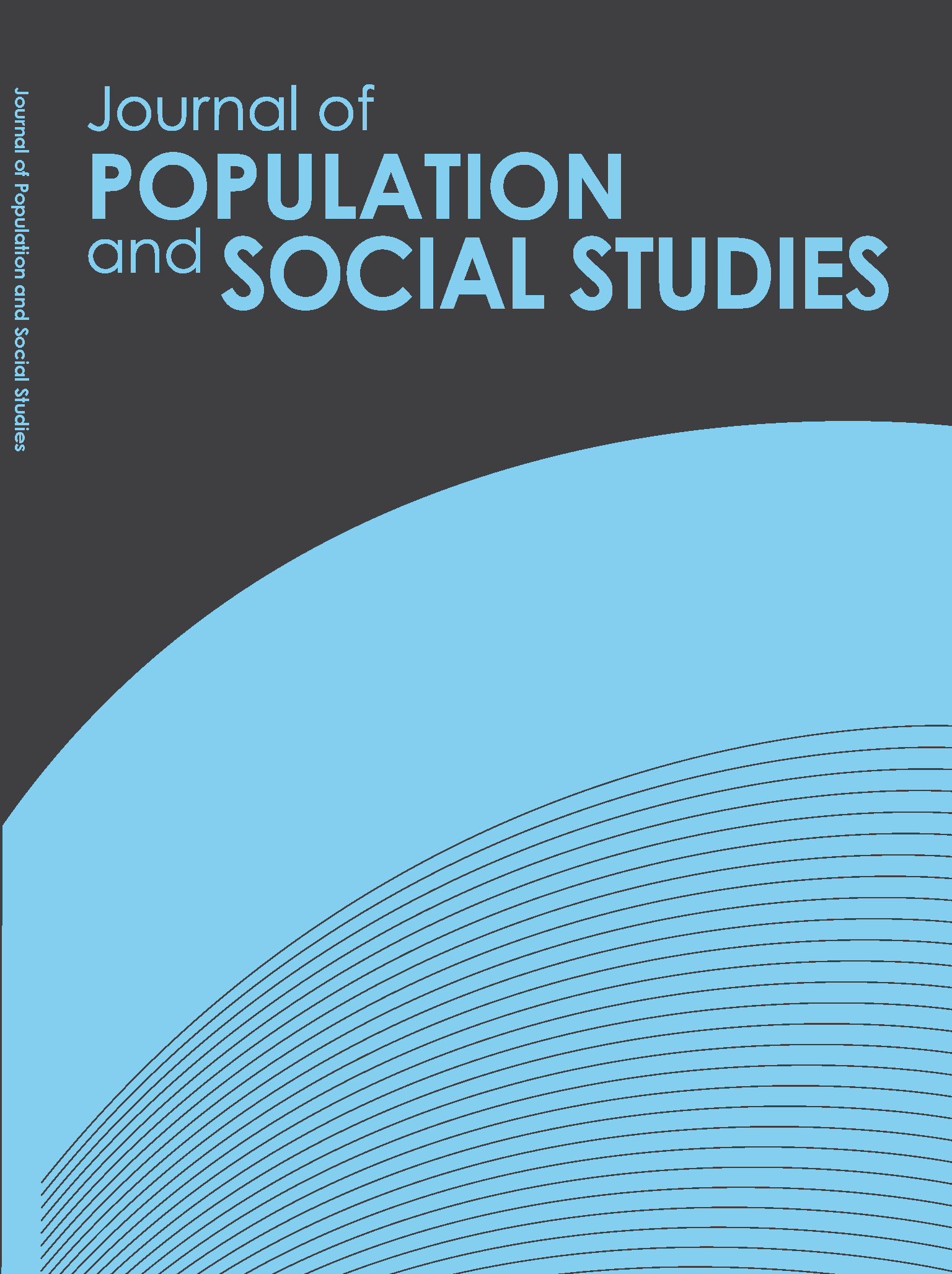Regional Differences in Adolescent Childbearing in Nigeria
Main Article Content
Abstract
Nigeria’s total fertility rate (TFR) and adolescent first birth rate are among the highest worldwide, but variation exists by region. Unfortunately, data to monitor the level of adolescent first births is still scarce in Nigeria. This study examines regional differences in the level of adolescent first birth among women ages 20-49 years (n=23,801) in Nigeria. Data were analyzed using Chi-square and Cox proportional hazard models (α=0.05). Mean age at first birth was lower in the regions of higher TFR, among less educated and poorer women. In the South East, as for other regions in Nigeria, the mean children ever born was 6.13±2.8, 5.18±2.8, 4.1±2.4 and 2.97±1.9 for women who had their first birth at ages <15, 15-19, 20-24 and ≥25 respectively. The adolescent first birth was highest in the North West (74.8%, TFR=6.7) and lowest in the South West (32.1%, TFR=4.6). The hazard-ratio of beginning first birth was 1.58 (CI=1.46-1.70), 2.87 (CI=2.68-3.07), 3.43 (CI=3.23-3.67) and 1.74 (CI=1.61-1.88) higher in the North Central, North East, North West and South South, respectively, than the South West. Regional differences exist in adolescent first birth in Nigeria and TFR was higher in the regions where adolescent first birth was prevalent. Improving women’s education, particularly in the core northern regions, can raise the age at first birth in Nigeria.
Article Details
References
Adebowale, S. A., Adeoye, I. A. & Palamuleni, M. E. (2013). Contraceptive use among Nigerian women with no fertility intention: interaction amid potential causative factors. African Population Studies, 27(2), 127-139. doi: http://dx.doi.org/10.11564/27-2-435
Adebowale, S. A., Fagbamigbe, F. A., Okareh, O. T. & Lawal, G. O. (2012). Survival analysis of timing of first marriage among women of reproductive age in Nigeria: Regional differences. African Journal of Reproductive Health, 16(4), 95-107.
Adedokun, O. A. (1999). Marriage, re-marriage and reproduction. In B. Owasanoye (Ed.) Reproductive rights of women in Nigeria: The legal, economic and cultural dimensions (pp. 21-45). Lagos, Nigeria: Human Development Initiatives.
Agadjanian, V. & Yabiku, S. T. (2014). Religious affiliation and fertility in a sub-Saharan context: Dynamic and lifetime perspectives. Population Research Policy Review, 33(5), 673-691. doi: http://dx.doi.org/10.1007/s11113-013-9317-2
Ainsworth, M. (1994). Socioeconomic determinants of fertility in sub-Saharan Africa. Washington, DC: World Bank.
Alam, N. (2000). Teenage motherhood and infant mortality in Bangladesh: Maternal age dependant effect of parity one. Journal of Biosocial Science, 32(2), 229-236. doi: http://dx.doi.org/10.1017/s0021932000002297
Arroyo, J., Payne, K. K., Brown, S. L. & Manning, W. D. (2013). Crossover in median age at first marriage and first birth: Thirty years of change. Washington, DC: National Center for Family and Marriage Research.
Caldwell, J. C., Orubuloye, I. O. & Caldwell, P. (1992). Fertility decline in Africa: A new type of transition? Population and Development Review, 18(2), 211-242. doi: http://dx.doi.org/10.2307/1973678
Doctor, H. V., Findley, S. E., Afenyadu, G. Y., Uzondu, C. & Ashir, G. M. (2013). Awareness, use, and unmet need for family planning in rural northern Nigeria. African Journal of Reproductive Health, 17 (4), 107-17.


